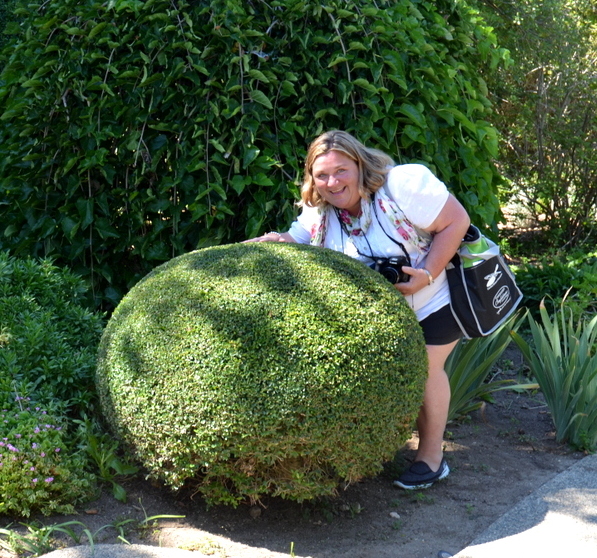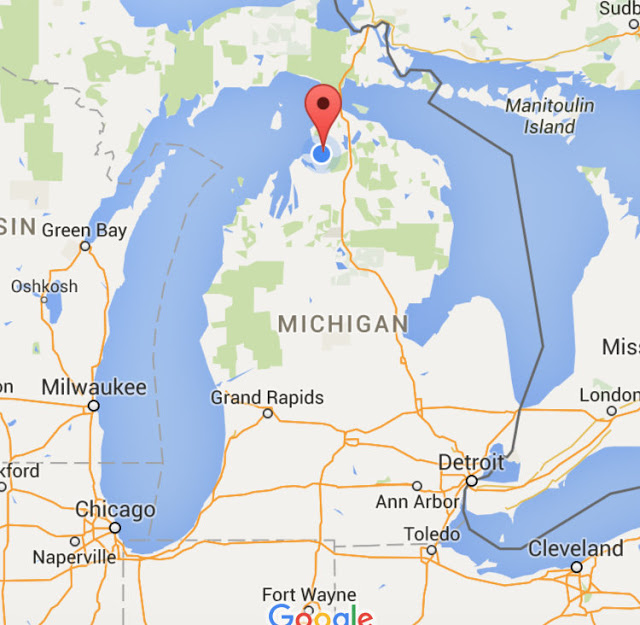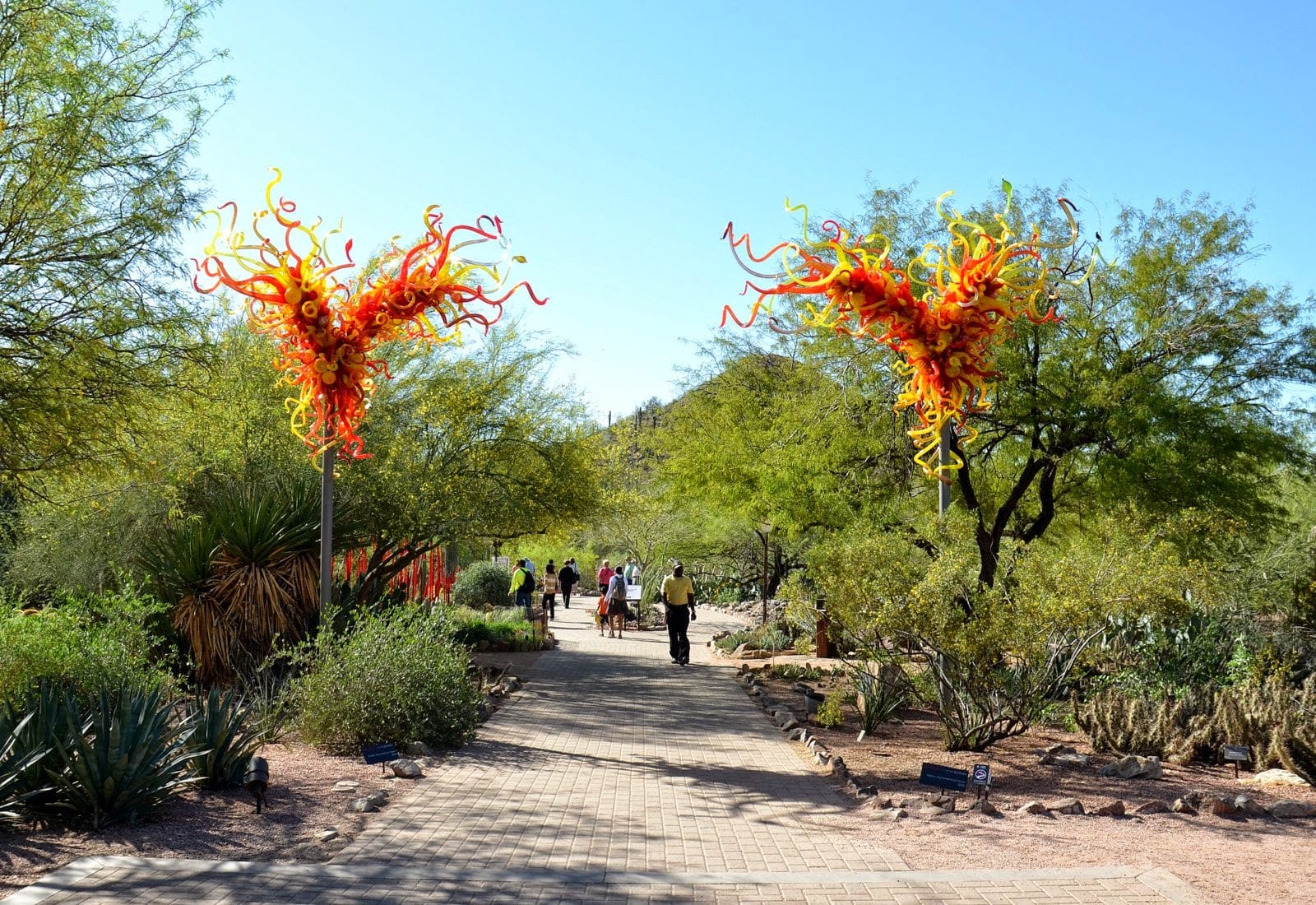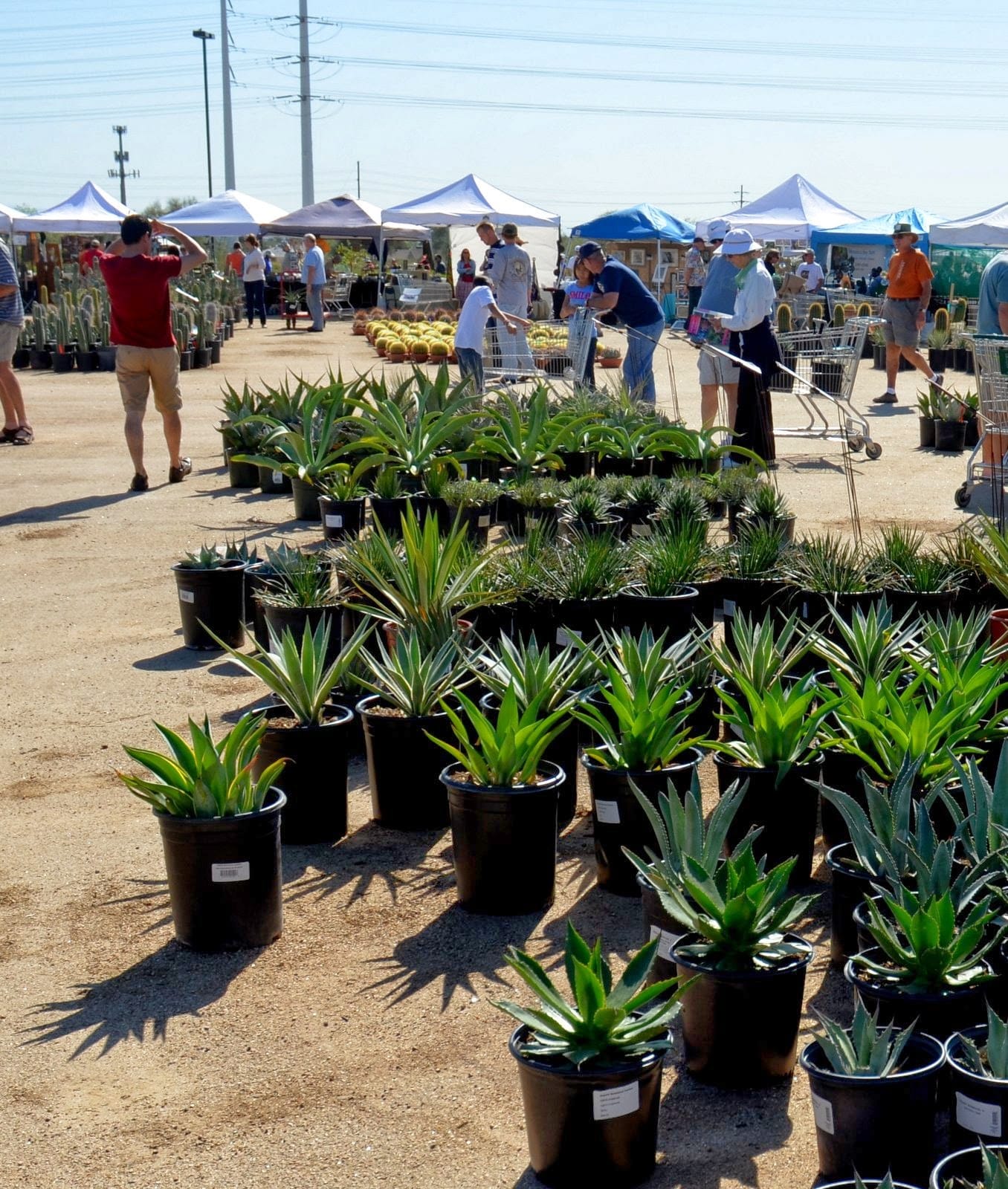Overwatered Cactus: What’s Wrong With This Picture?
Signs of Trouble: Overwatered Saguaro Cactus
Last week, I was finishing up a landscape consult with a client. I see that the saguaro cactus growing in his neighbor’s yard is a fat overwatered cactus.

At first glance, you may have trouble seeing what is wrong.
You might think that it is a little on the ‘fat’ side and you would be right.
But look closer…

overwatered cactus
Cracking the Issue: Identifying Overwatered Cactus
Do you see the two horizontal cracks?
There is one toward the top and one near the bottom of the photo.
These cracks are signs of an overwatered cactus.

Proper Irrigation for an Overwatered Cactus: The Drip Emitter Dilemma
At the base of the saguaro are 4 drip emitters.
Drip emitters around a cactus can be a good thing. Here is the trick — ONLY when the irrigation line is used specifically for the cactus.
Cactus do like a good drink of water once a month during dry, summer months and a dedicated drip-line can provide that. When the summer rains arrive, turn off off the water irrigation. In fall, winter and spring, your saguaro does not need any supplemental water.
*Keep in mind that they survive on natural rainfall out in the desert.
Clearly the saguaro above is demonstrating overwatering. From the size of the saguaro and the cracks, that the drip irrigation is being turned on too often.

Seeking Solutions: Saguaro Care Tips
The other 2 Saguaro cacti on the property are also overwatered. They are too ‘fat’. Saguaros are beautiful, but they can be challenging when planted in suburban communities.
The Desert Botanical Garden has an excellent article on how to grow Saguaro cacti, including how much, if any, water they need.
I told my client about his neighbor’s ‘fat’ Saguaro cacti and he said that he would mention it to them 🙂

 Noelle Johnson, aka, 'AZ Plant Lady' is a author, horticulturist, and landscape consultant who helps people learn how to create, grow, and maintain beautiful desert gardens that thrive in a hot, dry climate. She does this through her consulting services, her online class Desert Gardening 101, and her monthly membership club, Through the Garden Gate. As she likes to tell desert-dwellers, "Gardening in the desert isn't hard, but it is different."
Noelle Johnson, aka, 'AZ Plant Lady' is a author, horticulturist, and landscape consultant who helps people learn how to create, grow, and maintain beautiful desert gardens that thrive in a hot, dry climate. She does this through her consulting services, her online class Desert Gardening 101, and her monthly membership club, Through the Garden Gate. As she likes to tell desert-dwellers, "Gardening in the desert isn't hard, but it is different."














4 emitters, and cracks on the bloated saguaros…wow! Especially when zoned with other more thirsty plants – one big contractor in Abq puts drip onto lawn zones, so one knows when the drip is working… Seems irrigation is one extreme or the other in the SW!
Just saw a row of golden barrels planted on the cold NE side of a tall building in El Paso, each w/ 3 emitters…
Great information, thanks.
Hi: I have a 2 acre horse property near 68th street and Loan Mountain in Scottsdale. I have an earth burm home so the sout and west facing walls have dirt 48 inches up the walls to the window sills. I would like to put in a low maintain ground cover so roof run off does not wash it away but I have lots of bunnies and javalina. Do you have any recommendations??
Hi Jan,
If javelina are hungry enough, they will eat almost anything, including cactus. However, here are a few choices of plants that they tend to leave along that may help – purple (or white) trailing lantana, brittlebush, trailing rosemary, and Blue Bells (Eremophila hygrophana).
Best of Luck 🙂